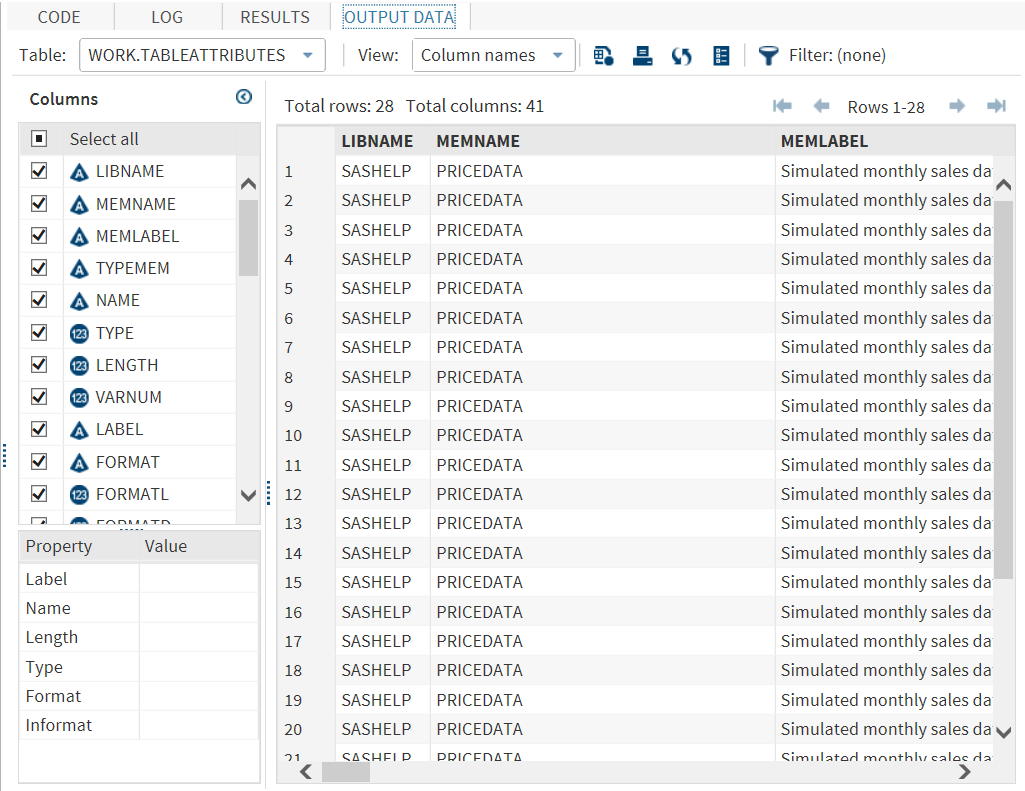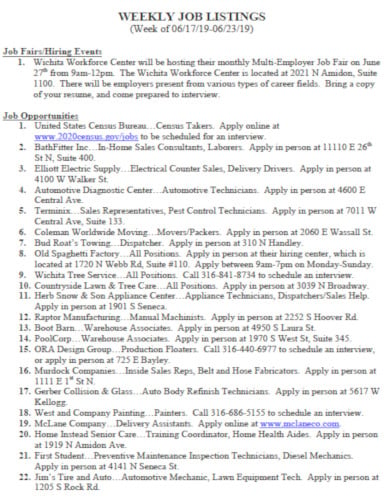
The user’s task is to compare a sequence of dates/numbers across rows in the list (for example, date effective dates or route step numbers).Multiple fields of the same type (for example, three date fields) would not be distinguishable in the list-style grid.A tabular grid is an acceptable alternative in some situations, such as when these conditions are met: Whenever possible, use the list-style grid for the “list” part of the form.A Quick Filter control has been added above the “list” part of the form.New, Delete, and Edit buttons are provided by the framework.The top ActionPane strip control has been converted to a standard ActionPane.Here are the main changes to this pattern since Microsoft Dynamics AX 2012: Simple List and Details – Tree – This is the SL+D pattern that should be used if the “simple list” part of the form is actually a tree.Simple List and Details – Tabular Grid – This is the SL+D pattern that should be used if the number of fields in the “simple list” part of the form is larger than expected (see the "Pattern changes" section later in this article).This is the pattern that should be used by default. Simple List and Details – List Grid – This is the basic SL+D pattern.Three patterns are described in this document: There are between zero and five child data collections.The underlying data has more than six fields.The Simple List and Details pattern is prescribed when these conditions are met: There are some exceptions where entities that have up to 15 fields are still considered simple entities.

The Simple List pattern should be used for simple entities that have fewer than six fields. Entities of medium complexity are those entities that have six or more fields. The Simple List and Details (SL+D) pattern is used to maintain data for entities of medium complexity.

This pattern is used to maintain data for entities of medium complexity. This article provides information about the Simple List and Details form pattern.


 0 kommentar(er)
0 kommentar(er)
